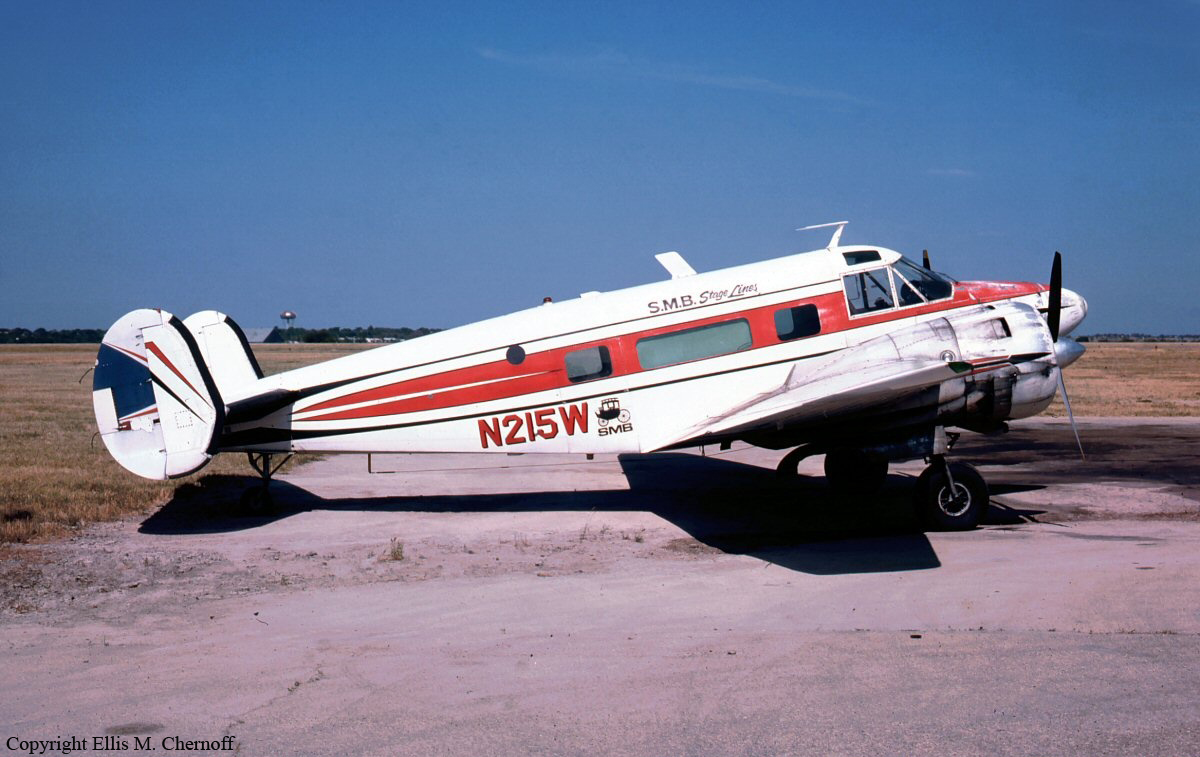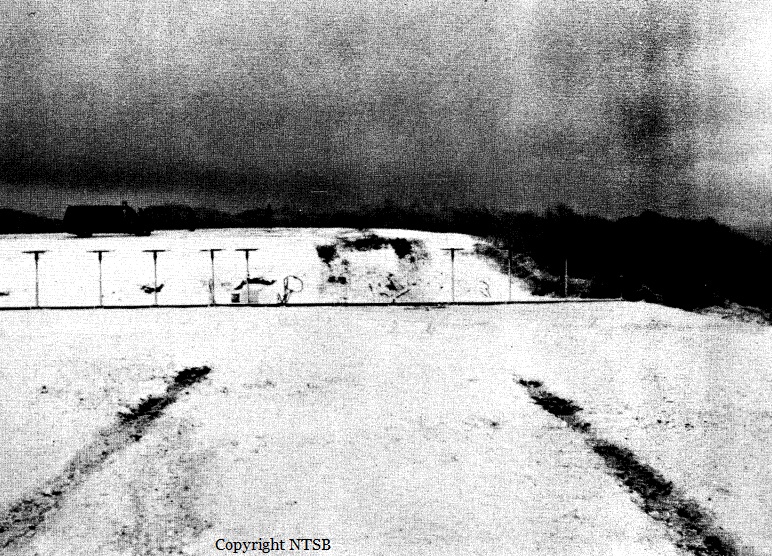Crash of a Beechcraft E18S in Huntington
Date & Time:
Jan 31, 1985 at 2045 LT
Registration:
N95HA
Survivors:
Yes
Schedule:
Huntington - Louisville
MSN:
BA-148
YOM:
1956
Crew on board:
2
Crew fatalities:
Pax on board:
2
Pax fatalities:
Other fatalities:
Total fatalities:
0
Captain / Total hours on type:
3000.00
Aircraft flight hours:
5877
Circumstances:
3-4 inch snow accumulation on aircraft prior to flight. Pilot said he swept snow off except an area he could not reach. Heavy snowfall, wet snow reported as aircraft was prepared for departure, during runup, taxi and takeoff. Pilot advised by tower that visibility was 1/8 mile with fog and snow. Published takeoff minimum for far 135 opn was 1/2 mile. After riking snowplow located 150 feet left of runway, aircraft continued over embankment and came to rest inverted. Ice and snow fnd on upper tail surface. Elevator trim indicated full nose down. Aileron trim ind left bank. Witnesses said engines sounded normal, landing lights on, 600 feet visibility from position of snowplow. Pilot said 35 inches map when descending. Map increased with additional throttle. No engine roughness.
Probable cause:
Occurrence #1: loss of control - in flight
Phase of operation: takeoff - initial climb
Findings
1. (f) light condition - dark night
2. (f) weather condition - fog
3. (f) weather condition - snow
4. (c) ice/frost removal from aircraft - inadequate - pilot in command
5. (f) proper assistance - not obtained - pilot in command
6. (f) weather condition - below approach/landing minimums
7. (f) ifr procedure - disregarded - pilot in command
8. Terrain condition - snow covered
9. Airspeed(vs) - not maintained - pilot in command
----------
Occurrence #2: in flight collision with object
Phase of operation: takeoff - initial climb
Findings
10. Object - vehicle
Phase of operation: takeoff - initial climb
Findings
1. (f) light condition - dark night
2. (f) weather condition - fog
3. (f) weather condition - snow
4. (c) ice/frost removal from aircraft - inadequate - pilot in command
5. (f) proper assistance - not obtained - pilot in command
6. (f) weather condition - below approach/landing minimums
7. (f) ifr procedure - disregarded - pilot in command
8. Terrain condition - snow covered
9. Airspeed(vs) - not maintained - pilot in command
----------
Occurrence #2: in flight collision with object
Phase of operation: takeoff - initial climb
Findings
10. Object - vehicle
Final Report:








